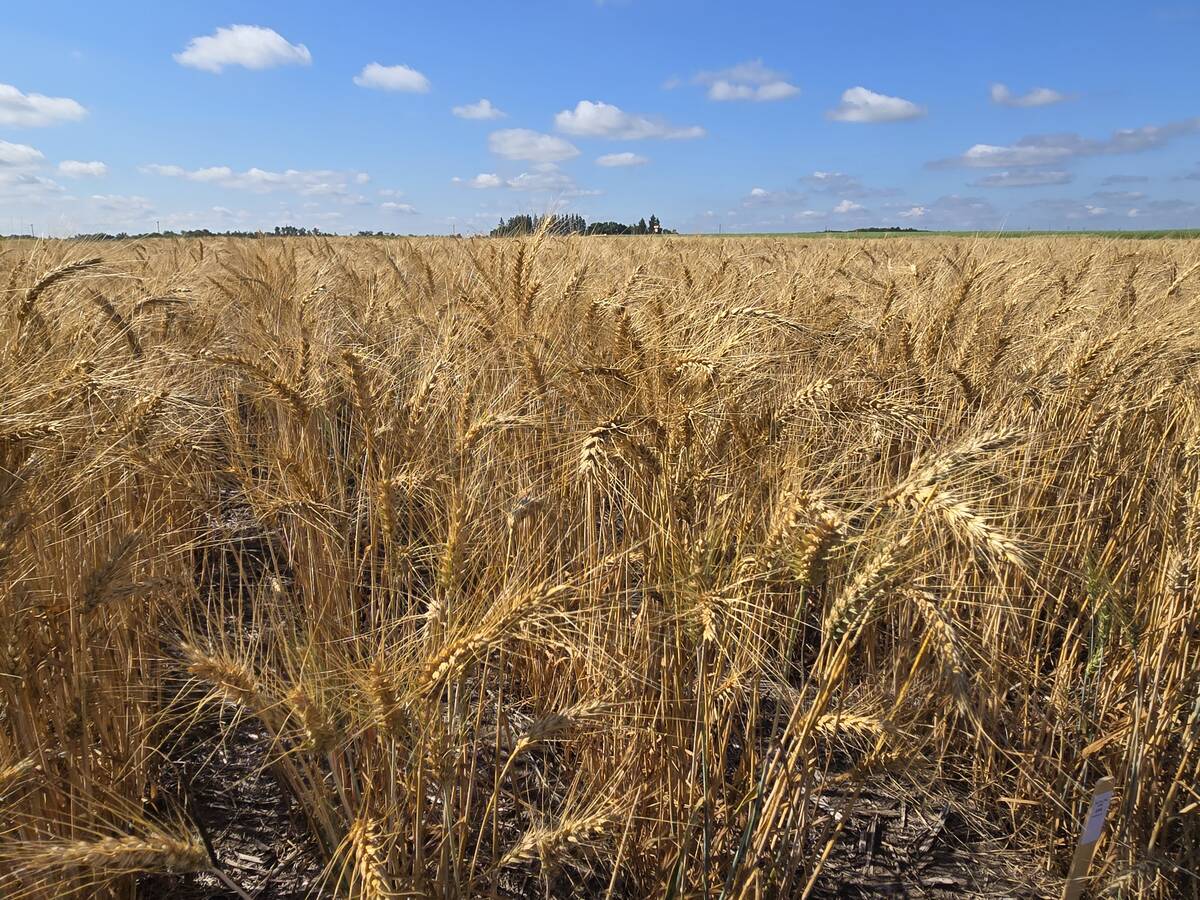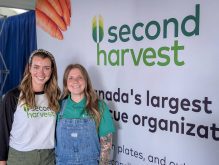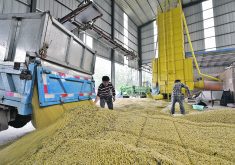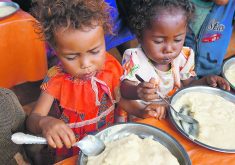Andrew Sharpe’s long-time fondness for curries, vegetables and spices, which were first developed during his days at the University of Leicester in the United Kingdom, is a bonus for his new job as Bangabandhu Research Chair in Food Security.
“Food is a big thing in Bangladesh and one of the main exports is the cooking.”
Sharpe, the director of genomics and bioinformatics at the Global Institute for Food Security at the University of Saskatchewan, said a lot of Indian restaurants in the U.K. were set up by Bangladeshi people in the 1970s and 1980s.
Read Also

Fall rye hits record high in Manitoba
Winter cereals 2025: More Manitoba fields grew fall rye in 2025 than ever before, but winter wheat slipped and, while spring stand survival was good, drought took its toll
Sharpe is regarded a leading expert in the use of genomic technologies for the advanced breeding of various crops.
The new chair position coincides with GIFS recently creating an international office in Dhaka, Bangladesh, which Sharpe was on hand to inaugurate Dec. 12.
The regional office will support GIFS’ research, development and training through a partnership with the Bangladesh Agricultural Research Council of its Ministry of Agriculture.
Sustainable food security and agriculture production is a high priority for the south-Asian country of 170 million residents, which is expected to reach 200 million in about 30 years.
Now celebrating 50 years of independence, Bangladesh has achieved self-sufficiency with rice, its key staple crop. However, major challenges caused by climate change, such as increased soil salinity and depleted soil nutrients, underline the need for more innovation.
Rising sea levels are encroaching on low-lying farmland, especially near the Ganges delta where rice is primarily grown but is sensitive to excess salt.
“They’ve got this compound issue of growing population, but a more limiting area to grow the crops,” said Sharpe.
He said there’s a drive to develop more climate-tolerant varieties of crops with a strong concentration on rice, but then also focus on other crops like wheat, lentils and brassica varieties, which also grow in Saskatchewan.
Sharpe’s research achievements include helping to sequence the wheat, canola, barley and black mustard genomes. He also has extensive phenotyping experience through GIFS’ plant phenotyping and imaging Research Centre program at the U of S.
He said the Saskatchewan and Bangladesh partnership will establish an agricultural technology centre in Bangladesh and work to enhance crop breeding and plant improvement, advance soil health and quality and improve soil water retention.
Another key research area is to deliver innovations for post-harvest food handling and processing, which is a specific area of concern for the country.
A wide variety fruits, vegetables and arable crops (about 240) can be efficiently grown year-round, but post-harvest issues, such as storage, transportation and processing resources are problems
“They actually have issues with wastage. For example, the loss of mango and jackfruit crops are up to 40 percent of in any given year,” he said.
“The chair that I have now is focusing on those two key aspects — helping them to accelerate variety development using the latest genomic or digital phenotyping technologies, which they’re not using currently. And then also looking towards some of the post-harvest processing technologies and tools that were developed in Canada and applying them in Bangladesh to help reduce wastage and further the economic impacts on these crops.”
The long-term benefits for both agriculture economies are huge, said Sharpe, because Bangladesh is one of Saskatchewan’s top 10 export markets, valued at about $613 million in 2020.
Bangladesh is rapidly modernizing and evolving as its population and economy grows. Productivity and yield issues are being addressed in line with nutritional values.
“They want to get diversified diets now and that means importing more crops that maybe they can’t produce enough of, or never will be able to produce in Bangladesh.
There’s the opportunity for significant growth in the market for those crops moving forward,” he said.
“As one of the fastest-growing countries in the world, one would hope to see that we had that opportunity to export more crops to the country as we move forward. And Canada is a favoured location for producing those crops for import into Bangladesh.”
The partnership will also give researchers the opportunity to test germplasm under stressful conditions in Bangladesh, such as fungal diseases like wheat blast.
“Wheat blast is less of an issue in Saskatchewan, but we can actually test for resistance and the germplasm that we have here. It allows us to identify which germplasm has levels of wheat blast resistance in it because it’s a very significant issue in Bangladesh at the moment. We can have that information recorded and then use it in the future to potentially develop varieties that are better adapted to the Saskatchewan environment,” he said.
There’s also opportunity to deal with rising salinity while sequestering carbon in the soil using techniques developed in Saskatchewan.
One of these is looking at ways to modulate the biology of the root to limit salt uptake.
“Essentially, you’d be able to grow a crop like rice in a more saline environment than you ever really could by altering the root biology,” he said.
This is achieved by modifying a compound called suberin, which is produced in the roots. It provides a protective layer against pathogens and limits the amount of salt that’s taken up while preventing water loss from the tissues it surrounds.
“If it works then that might actually provide some approaches we could redeploy in Saskatchewan. There’re obviously salinity issues that impact parts of the Prairies.”
















